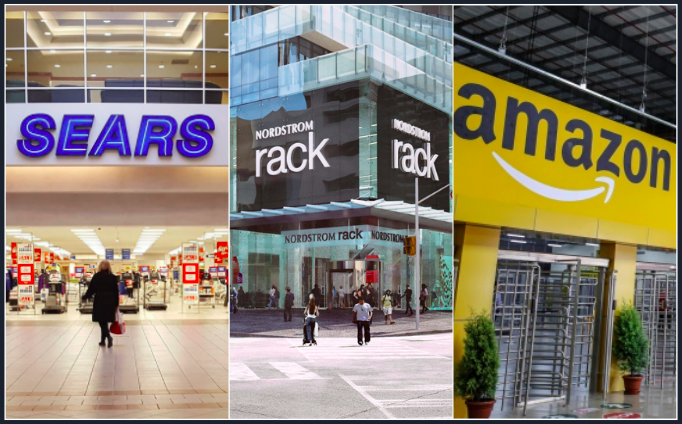

By Craig Patterson
The retail industry as a whole is in a state of transition, and 2018 will prove to be an interesting year. Sears Canada is about to close all of its stores, releasing millions of square feet of space to fill. Off-price retailing is about to see unprecedented competition as Nordstrom Rack enters the market this spring. Legal marijuana retail stores will become a thing in Canada for the first time, the future of NAFTA is in question under the Trump administration, and Amazon continues to make moves that could see it further gain market share. We’ll be busily reporting on much of this, as we predict 2018 will be a dynamic year with plenty of highs and lows for the industry.
In our 2017 forecast, which we published almost 12 months ago to the day, we predicted that 2017 would be a “slow year for retail expansion” in Canada. We were wrong. More than 50 international brands entered Canada by opening stores or concessions in 2017, which could very well be record-breaking. Brands continue to work with brokers to seek real estate for new locations, and retailers that have already entered Canada are now in the process of seeking to open multiple locations in new markets.
While this all sounds exciting, it also represents unprecedented competition that could see more homegrown retailers struggle and ultimately shutter. Survival of the fittest has never been more relevant than today for retailers operating in Canada, and things are changing quickly — consumer tastes are changing, the cost of living is skyrocketing in some markets, technology and e-commerce continue to take hold, and those who do not adapt risk dying. There will no doubt be more store closures in Canada in 2018, after some unfortunate bankruptcies that took place last year.
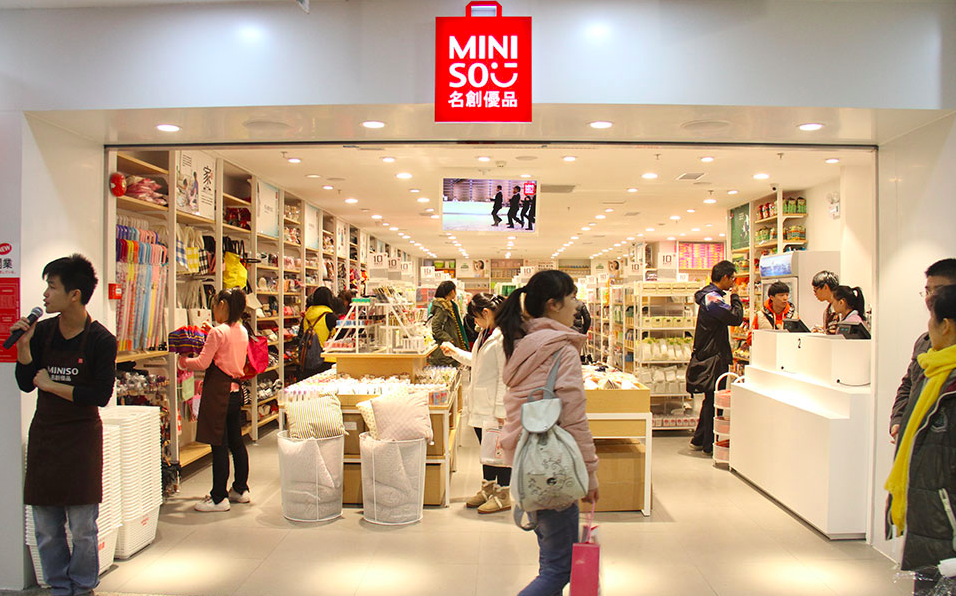

(Photo: Miniso)
International Brands Continue to Expand in Canada
As mentioned, more than 50 international brands entered Canada last year by opening stores, and there has been a momentum over the past several years where at least 20 new retailers a year have entered the country. Many of the brands that opened their first Canadian stores in 2017 will now seek to open more locations in various markets in 2018.
A few expansions have already been confirmed. Perhaps the most aggressive is value-priced Chinese variety retailer MINISO, which now indicates that it plans to open about 100 stores in Canada this year, with a goal to have about 500 stores by the year 2021. It’s an ambitious goal, and the company might even achieve it — the company is already a hit with a segment of the population that is buying everything from kitschy plush toys to home goods, at remarkably low prices and often of reasonably decent quality upon inspection.
Pricey streetwear brand Off-White, is an example of an already expanding retailer, and it will open its second Canadian store at the end of this month in a laneway in downtown Vancouver, after opening its first store last year in Toronto’s Yorkville neighbourhood. Aussie eyewear retailer Bailey Nelson has just expanded into the Vancouver and Toronto markets, and is expected to keep that momentum as it moves across the country. Another eyewear retailer, SEE Eyewear, is looking to Montreal and Vancouver after opening its first Canadian store in Toronto. DXL Men’s Apparel entered the Ontario market last year, with a national rollout planned. Woolrich’s President says that he anticipates a Montreal location opening in 2018 (followed by Vancouver a year later) and candy retailer Sugarfina, which opened in suburban Vancouver in late 2017, is expected to soon announce its first Toronto location.
An interesting trend is brands opening their own stores, which has been increasingly common over the past several years. Montreal-based outerwear brand Moose Knuckles opened its first store at Toronto’s Yorkdale Shopping Centre in the winter of 2017 for example, with Canada Goose opening its first store across the hall about a year before. We’ll likely see more of this in 2018 as brands seek to go ‘direct-to-consumer’, with some finding that they can see greater profits by “cutting out the middleman”, ie multi-brand retailers.
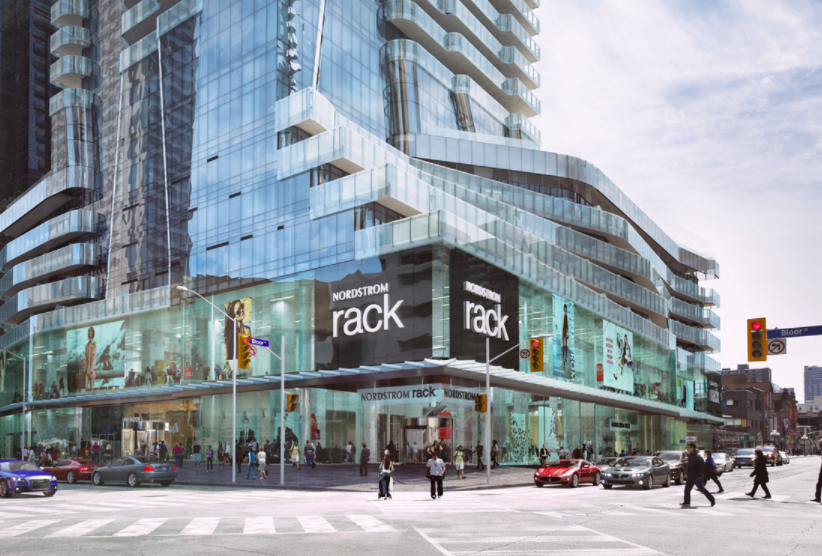

(Nordstrom Rack’s third Canadian store will open this spring at 1 bloor st. e. in Toronto. Photo: First Gulf/First Capital Realty)
Oversaturation of Off-Price Retail?
Over the past several years now, there’s been a rapid expansion of off-price retailers in Canada, making some question if we’ll see a saturation point. TJX Companies Inc., which operates Winners, Marshalls and HomeSense stores in Canada, plans to continue expanding into Canada in 2018 with an anticipated seven new Winners stores, eight HomeSense stores, and an additional 15 or so Marshalls stores, eventually resulting in more than 100 locations in Canada for each banner. Hudson’s Bay Company’s off-price division Saks OFF 5TH entered Canada in March of 2016 and already operates 16 stores here, and intends to operate 25 locations by the end of this year. Nordstrom’s off-price division Nordstrom Rack will open its first Canadian location at Vaughan Mills near Toronto on March 22 of this year, with a goal of eventually operating between 10 and 15 stores in Canada, depending on opportunities.
It remains to be seen how the off-price segment does in Canada with all of the competition, though many existing stores appear to be quite busy. One challenge in 2018 could be sourcing designer product for some of these stores, however, as some brands are seeking to tighten their distribution and limit off-price selling in order to elevate their brand image in the eyes of the consumer. For those off-price retailers that rely on such third party suppliers, particularly TJX, this could pose a problem in the future if they continue to expand and seek merchandise to fill their stores.
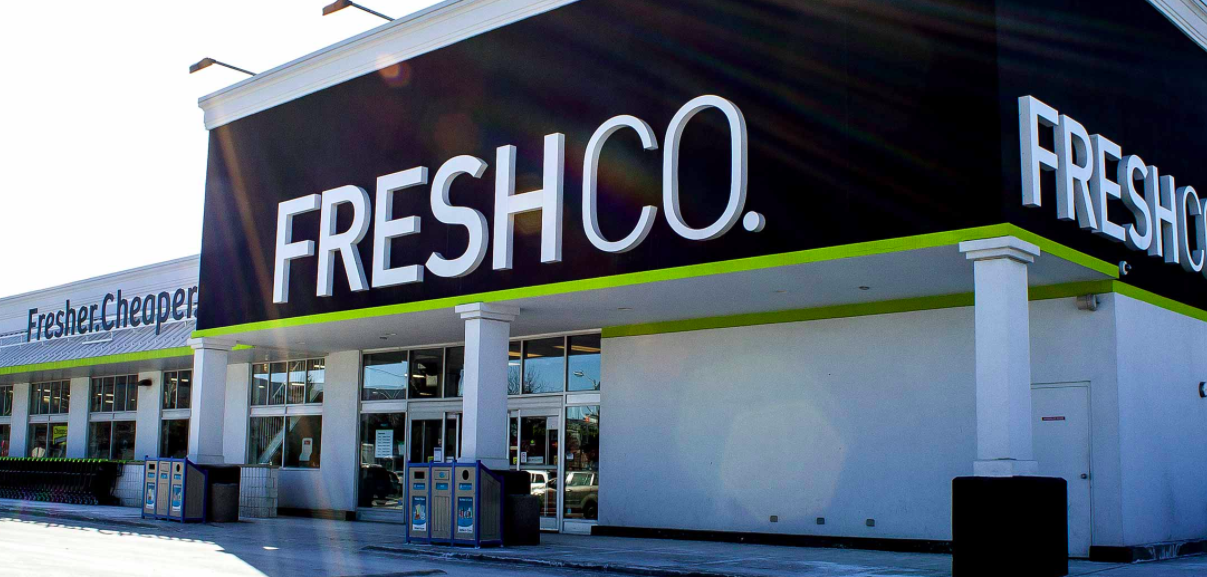

(Photo: Jackman Reinvents)
Grocery Wars Ongoing
The grocery industry is a tricky one — there’s a lot of competition primarily from a few key players, and margins are often tight. With e-commerce on the rise and some cities seeing more people moving downtown, the face of grocery retail is changing. Sobeys recently announced that it will be expanding its value-priced FreshCo banner into Western Canada for the first time, and smaller entrants such as Farm Boy, Organic Garage, Nations Fresh Foods and Seafood City continue to make inroads.
Click-and-collect groceries is becoming more popular than ever in some markets, and some consumers are getting their groceries delivered — something that could become more common now that Amazon owns Whole Foods, which could lead to more industry disruption. With Sears closing all of its Canadian stores this year, we may see some grocery stores relocate into demised former Sears spaces.
E-commerce Gains, but it’s Expensive
We’ll no doubt continue to see e-commerce grow as a percentage of overall retail sales, though it still remains well below 10% of all Canadian retail purchases. If you think about it, e-commerce is somewhat inefficient — it costs money to ship a product directly to someone’s home, and things become even more complicated if the consumer wishes to return the product. Despite this, consumers continue to demand online shopping options and leading retailers are addressing this by improving their online experience.
Some formerly pure-play e-commerce brands have gone on to open physical retail stores with considerable success, supporting the notion that a hybrid or ‘omni-channel’ model is desirable. As the world is increasingly online, though, we might begin seeing this as a ‘single channel’ with a combination of physical and online retail being optimal, if not necessary in order to be successful.


(Photo: Leafly)
Marijuana Stores (Legal Ones)
If all goes as planned, on July 1 of this year, you’ll be able to buy weed legally in a local store near where you live, as is the plan generally in various provinces. There appears to be anxiety out there as provinces decide how marijuana retail will be carried out (some provinces will operate government-run stores while others will allow for some private enterprise) and we’re hearing from some design firms that are seeking to make the retail experience exceptional.
With less than six months until the legalization date, it remains to be seen how many legal retail spaces will be open by then, where they will be located, and how distribution will be coordinated. In hindsight, legalization may have been announced in haste without proper distribution plans in place, and now there’s a rush to try to get things sorted by the legalization deadline.
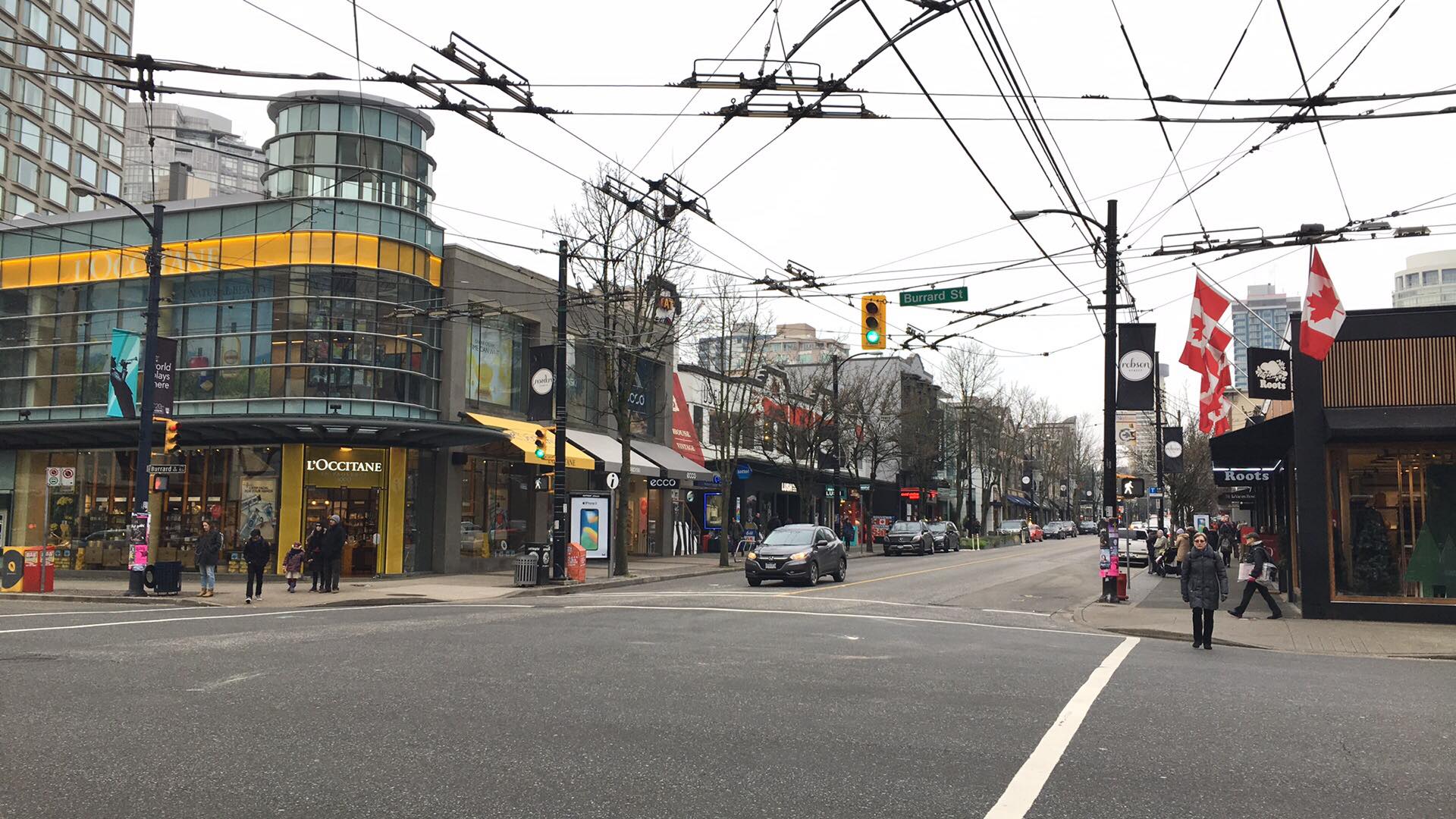

(Robson Street in Vancouver on January 2, 2018. Photo: Lee Rivett for Retail Insider)
Neighbourhood Nodes:
A few of Canada’s key street front retail areas are expected to see new retailers this year, and there are a handful of locations that are seeing most of the activity.
In Vancouver, the city’s Robson Street strip will continue to see new retailers enter the market, adding to a few recent and highly anticipated additions. MUJI opened its largest store outside of Asia on Robson Street in the fall, a few doors down from Canada’s first Ladurée retail space. Several retail spaces remain empty for the short term — some will be replaced with new tenants, and at least one strip will end up being demolished for a new commercial development (details to follow). Forever 21 will close its Robson Street location in the middle of the month, and rumours are swirling that Indigo could replace it as a sublease with the company’s updated ‘cultural department store’ concept. Regardless if the rumour is true, Indigo is in the process of a significant expansion that will see new stores, as well as replacement locations as it rolls out the new concept and does away with the ‘Chapters’ nameplate.
Adjacent to Robson Street is Vancouver’s Alberni Street ‘Luxury Zone’, which will continue to see strong activity into 2018. UK-based luxury footwear retailer Jimmy Choo will move into a 1,500 square foot retail space alongside recently unveiled locations for the likes of Van Cleef & Arpels and Hublot, and jeweller Montecristo will move into a retail space recently vacated by the Italian Kitchen restaurant (which has relocated). An announcement will be made for the retail space currently occupied by multi-brand womenswear retailer Bluebird, which will be relocating up the street, and the momentum will continue into 2019 with new stores for Cartier and Hermes on Burrard Street, as well as other openings that will be discussed on Retail Insider throughout the year.
In Toronto, the stretch of Bloor Street West between Yonge Street and Avenue Road continues to see new tenants, with a mix of popular, fast-fashion and luxury branded stores. The stretch of Bloor Street between Yonge and Bay streets is seeing some significant changes — at One Bloor Street West, aka ‘The ONE’, sources say that Apple will be opening a three-level, 19,000 square foot flagship, though this is unconfirmed by Apple, or by builder Mizrahi Developments. The Manulife Centre retail podium at 55 Bloor Street West is seeing an overhaul that will lead to the 2019 openings of Eataly, an updated Birks jewellery store, Over the Rainbow Jeans and other tenants. Holt Renfrew at 50 Bloor Street West is also about to undergo a renovation, with a Saint Laurent boutique set to open soon on the ground level with its own street level entrance.


(Bloor Street West in Toronto. PHoto: Craig Patterson)
Further up Bloor Street West towards Avenue Road, more luxury boutiques will be opening in 2018. We’ve already reported on Dior’s plans to open a massive two level retail space at The Colonnade at 131 Bloor Street West, only steps away from a relocated William Ashley store that will be unveiled early this year. We’ll be doing a feature on Toronto’s Bloor Street West this winter as part of our ‘street tours’ series, which is ongoing.
Toronto’s Queen Street West, which represents a diverse range of retailers along its stretch between University Avenue and Ossington Avenue and a bit beyond, will continue to see some new retailers. More mainstream brands tend to locate along the stretch between University Avenue and Spadina Avenue, and we’ll be discussing two new retailers on the strip this month in articles. The stretch of ‘West Queen West’, towards Trinity Bellwoods Park is considered to be a “cool” area and over the past two years, several significant international retailers have opened their first Canadian stores along the strip. It will be interesting to see where this goes because some are already saying that nearby Dundas Street West could come into its own as the next ‘hot’ address as Queen Street West continues to gentrify and possibly become ‘mainstream’ itself.
Montreal’s Sainte Catherine Street West is about to ‘go under the knife’ as it were, with plans that include reconstructing the public realm with new sidewalks and landscaping. The project, which begins construction this week, will take several years and some retailers are concerned that disruptions could lead to lost business. Regardless of the street construction, big things are planned for the street. Saks Fifth Avenue has said that it will be opening a 250,000 square foot flagship at the back end of the Hudson’s Bay building downtown, and the flagship Birks jewellery store is being renovated and modified for the inclusion of a boutique hotel. In the middle of the strip, downtown Montreal’s La Maison Simons store will be seeing a renovation, and several blocks to the west, the new ‘Holt Renfrew Ogilvy’ will become Canada’s largest location in the Holt Renfrew chain with about 250,000 square feet of space (the nearby smaller Holt’s on Sherbrooke Street West will close with the merger).


(Montreal’s Sainte-Catherine St. W. will look different by the year 2020. Photo: City of Montreal)
Montreal has several other terrific pockets of local retailers, and one area to take notice of is the stretch of Sherbrooke Street West in the city’s Westmount area. Zadig & Voltaire just opened its first Montreal-based store on the stretch, and several interesting and upscale retailers are located in the immediate area. Zadig & Voltaire’s moving into the area could signal something bigger.
Canada’s Top Malls Remain Strong
Canada’s top malls continue to thrive, with Toronto’s Yorkdale Shopping Centre taking the top spot again in Retail Council of Canada’s 2017 Canadian Shopping Centre Study. With sales of $1,653 per square foot, Yorkdale rivals some of the top malls on the continent, not to mention globally. The study notes that there are numerous malls with annual sales exceeding $1,000 per square foot, and the study also discussed some of the trends that it is seeing amongst the most successful malls.
Some of those trends will see prominence in 2018, particularly the idea that considerably more space will be devoted to food-and-beverage offerings in Canada’s malls. We’re already seeing a rush of full-sized restaurants opening in malls (it’s still hard to get a table at the recently opened Cheesecake Factory at Yorkdale), and the next trend in malls will be food halls, not unlike those being seen in some malls south of the border, as well as overseas. ‘Food courts’ continue to be renovated in the country’s top malls — that is, if they haven’t already done so. The past five years has seen billions of dollars of investment into Canada’s top shopping centre properties, and that investment is expected to continue at some centres into 2018.
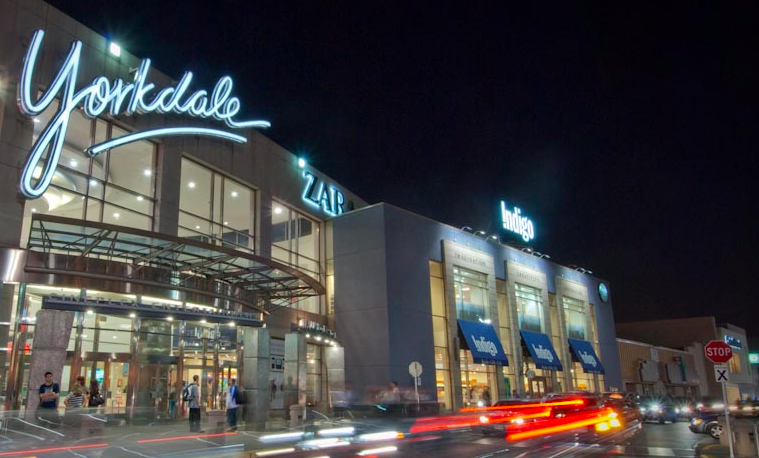

(PHoto via Oxford Properties Group)
Other additions to malls include entertainment options — in 2018, several of the country’s leading malls will see new VIP Cineplex cinemas open on site and as well, The Rec Room will be opening in several malls this year. It’s all part of an effort to turn malls into community gathering places where people will come, spend some time, and spend some money.
We’ll be reporting on a few mall expansions in Canada this year, as some landlords continue to see value in investing in their properties not only to enhance the consumer experience, but to also add space. And it’s not just retail space — in more expensive cities such as Vancouver and Toronto, we’re seeing some mall landlords looking to intensify sites by adding residential and office towers on-site. A mix of uses could see malls truly become the ‘community centres’ which in many respects was the vision of architect Victor Gruen, who is credited as having invented the modern mall.
On May 2 of this year, as well, a new mall will open just outside of Edmonton at the entrance to Edmonton International Airport. Premium Outlet Collection at Edmonton International Airport, which is a partnership with Ivanhoé Cambridge and Simon Property Group, will see about 428,000 square feet of leasable space. Tenants will be announced shortly (they toured some locals through the site last week, on a condition that they sign non-disclosure agreements).


(Rendering of the CF Chinook Centre Saks Fifth Avenue Store, opening February 22, 2018. Craig Nealy/Stantec)
Luxury Retail Continues to Flourish
The luxury segment continues to see gains in Canada, with new mono-brand store openings as well as activity with multi-brand luxury retailers, including large-format stores such as Holt Renfrew and Saks Fifth Avenue.
Luxury retail in Canada is contained primarily in the Toronto and Vancouver markets, with dozens of standalone luxury brand stores in both cities. Toronto’s Bloor-Yorkville area continues to see new luxury store openings, with several planned for 2018. Downtown Vancouver, as well, continues to see activity as luxury brands seek to open stores and as discussed in the past, one of Vancouver’s biggest challenges is finding the right space for the luxury brands that want to be in the city.
Montreal is also seeing increased luxury retail with the expansion of its Ogilvy store to become a luxury ‘Holt Renfrew Ogilvy’ flagship, which will include the installation of shop-in-store concessions for some of the world’s top luxury brands (some of which are currently up the street at the current 1300 Sherbrooke St. W. Holt’s). As well, it remains to be seen when Saks Fifth Avenue provides an update on its proposed Montreal flagship store, which would include an 80,000 square foot ‘Quebec-themed’ food hall.
Speaking of Saks Fifth Avenue, on February 22 of this year, a 115,000 square foot location will be opening at Calgary’s CF Chinook Centre. Saks will compete with the mall’s Nordstrom store, which opened in September of 2014, as well as with the large Holt Renfrew store in the city’s downtown, which we expect will continue to dominate luxury retail in the city with its prominent luxury brands such as Chanel, Hermes, Louis Vuitton, Prada and others — it remains to be seen which brands Saks secures for Calgary.
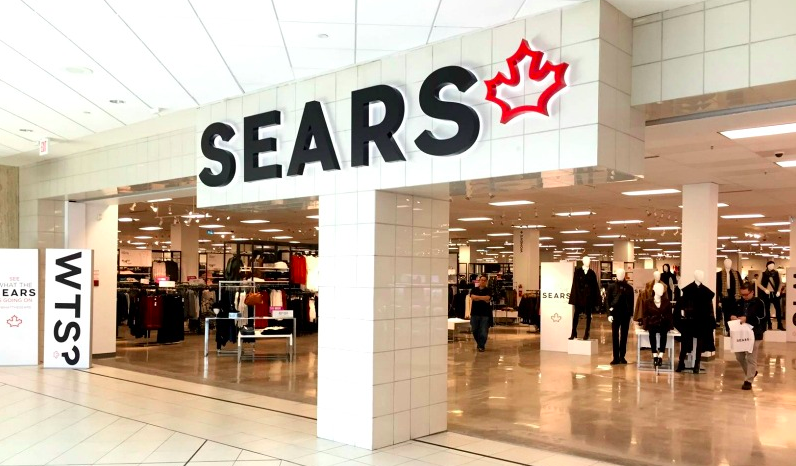

(Photo: Sears Canada)
Sears Canada Closure to Flood Market with Real Estate, and Job Losses
Sears Canada is in the process of closing its Canadian stores, and about 15 million square feet of real estate will be coming onto the market. The demise of Sears Canada has been a long time coming, unfortunately, though a silver lining is that landlords have had time to figure out what to do to replace their existing Sears stores. We’re already hearing from some landlords that they’ll be repurposing their Sears spaces by splitting them up for multiple tenants, or even demolishing them for redevelopment. From a real estate standpoint, 2018 will be an interesting year as we report on what landlords are doing with their Sears spaces — some of the country’s top malls have a Sears store as an anchor, and landlords are already telling us that they’ll be executing their plans this year to deal with the spaces.
One tragic aspect of Sears Canada’s demise is the thousands of job losses, and we wish everyone luck in getting things sorted.
More Bankruptcies/Store Closures:
Several retailers doing business in Canada went bankrupt in 2017, resulting in some store closures — we saw the likes of American Apparel, BCBG, Bebe, Express and a few others close Canadian operations. This year could be challenging to a few other retailers, both homegrown as well as international companies operating here.
While it might be too soon to speculate on which retailers may close stores and possibly exit the market, we take note that American fashion brand J. Crew, which has been struggling financially, has closed two Greater Toronto Area stores since August. A location at CF Markville in Markham closed in the summer, followed by more recently at CF Fairview Mall in Toronto (Edmonton’s only full-priced store also closed in late 2016). Some are questioning what, if anything, will happen next.
In summary, we expect 2018 to be an interesting year for Canadian retailing and despite the challenges and competition, we encourage everyone to try to remain positive. We’ll be reporting on the Canadian retail industry throughout the year and will provide updates on what’s happening both with our exclusive content, as well as our curated Canadian Retail News From Around The Web.


Craig Patterson, now based in Toronto, is the founder and Editor-in-Chief Retail Insider. He’s also a retail and real estate consultant, retail tour guide and public speaker.
Follow him on Twitter @RetailInsider_, LinkedIn at Craig Patterson, or email him at: craig@retail-insider.com.




![2018 Canadian Retail Forecast [Analysis]](https://images.squarespace-cdn.com/content/v1/529fc0c0e4b088b079c3fb6d/1515380616295-ALXC4CPOJP5HFUCEA44M/ke17ZwdGBToddI8pDm48kOPHb3cc8ne_gpV9GZN0IKpZw-zPPgdn4jUwVcJE1ZvWQUxwkmyExglNqGp0IvTJZUJFbgE-7XRK3dMEBRBhUpy3_Zwku040bHzuxP9t6BN9b8_L6OYrlCzl_d14qHxGDj6n9vlQ-eUvvbXo0c83mSg/HERO.png)
![2017 Canadian Retail Forecast [Analysis]](https://images.squarespace-cdn.com/content/v1/529fc0c0e4b088b079c3fb6d/1483932101043-S0RGSO6AZ509KGJ796NP/ke17ZwdGBToddI8pDm48kEhSXpienbwzE_Q-TDu-ffkUqsxRUqqbr1mOJYKfIPR7LoDQ9mXPOjoJoqy81S2I8N_N4V1vUb5AoIIIbLZhVYxCRW4BPu10St3TBAUQYVKcsCxWKy1p2a1O_zrznjJnJhZTHz4oNyQnBUCg28ft5insMlaC8cHI0v11IfS0-oTG/MAIN+IMAGE.jpg)

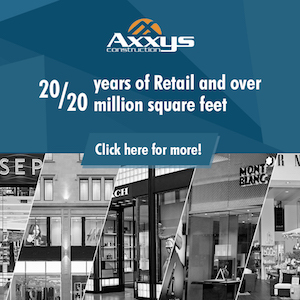


![Sears Canada Launches New Off-Price Strategy [Feature]](https://images.squarespace-cdn.com/content/v1/529fc0c0e4b088b079c3fb6d/1490142952120-T99QG3OD9TXOC6KL31EQ/ke17ZwdGBToddI8pDm48kPoswlzjSVMM-SxOp7CV59BZw-zPPgdn4jUwVcJE1ZvWQUxwkmyExglNqGp0IvTJZamWLI2zvYWH8K3-s_4yszcp2ryTI0HqTOaaUohrI8PIeQMKeWYgwh6Mn73n2eZmZLHHpcPIxgL2SArp_rN2M_AKMshLAGzx4R3EDFOm1kBS/SearsCanada.jpg)











![Summerhill Market Expands Unique Grocery Concept with 3rd Store and Plans for a 4th [Photos]](https://images.squarespace-cdn.com/content/v1/529fc0c0e4b088b079c3fb6d/1575314414023-WQWR63755CTCOK3377V9/ke17ZwdGBToddI8pDm48kNCH0IFo-E28D0rm_d_wnF4UqsxRUqqbr1mOJYKfIPR7LoDQ9mXPOjoJoqy81S2I8N_N4V1vUb5AoIIIbLZhVYxCRW4BPu10St3TBAUQYVKczdH3qUBwO6oWXP_OkYMa5KbLFw5Om5Yp_Nt25Y6nc5ZZuUUY1FOqARMqv9i1pcqr/Summerhill%2B20%2B%25282%2529.jpg)

![Battle of the Grocery Retailers Heats up in Bloor-Yorkville [Analysis]](https://images.squarespace-cdn.com/content/v1/529fc0c0e4b088b079c3fb6d/1551922931949-C51FO3ZFXP6O4A0UF9VV/ke17ZwdGBToddI8pDm48kEjx6rhhBabOQlrFJ0tcEPBZw-zPPgdn4jUwVcJE1ZvWQUxwkmyExglNqGp0IvTJZamWLI2zvYWH8K3-s_4yszcp2ryTI0HqTOaaUohrI8PImSbdh1ojf1dB9amgRlug5QiIiHTfePGlXcU-Ht362fkKMshLAGzx4R3EDFOm1kBS/Screen%2BShot%2B2019-03-06%2Bat%2B5.36.45%2BPM.jpg)
















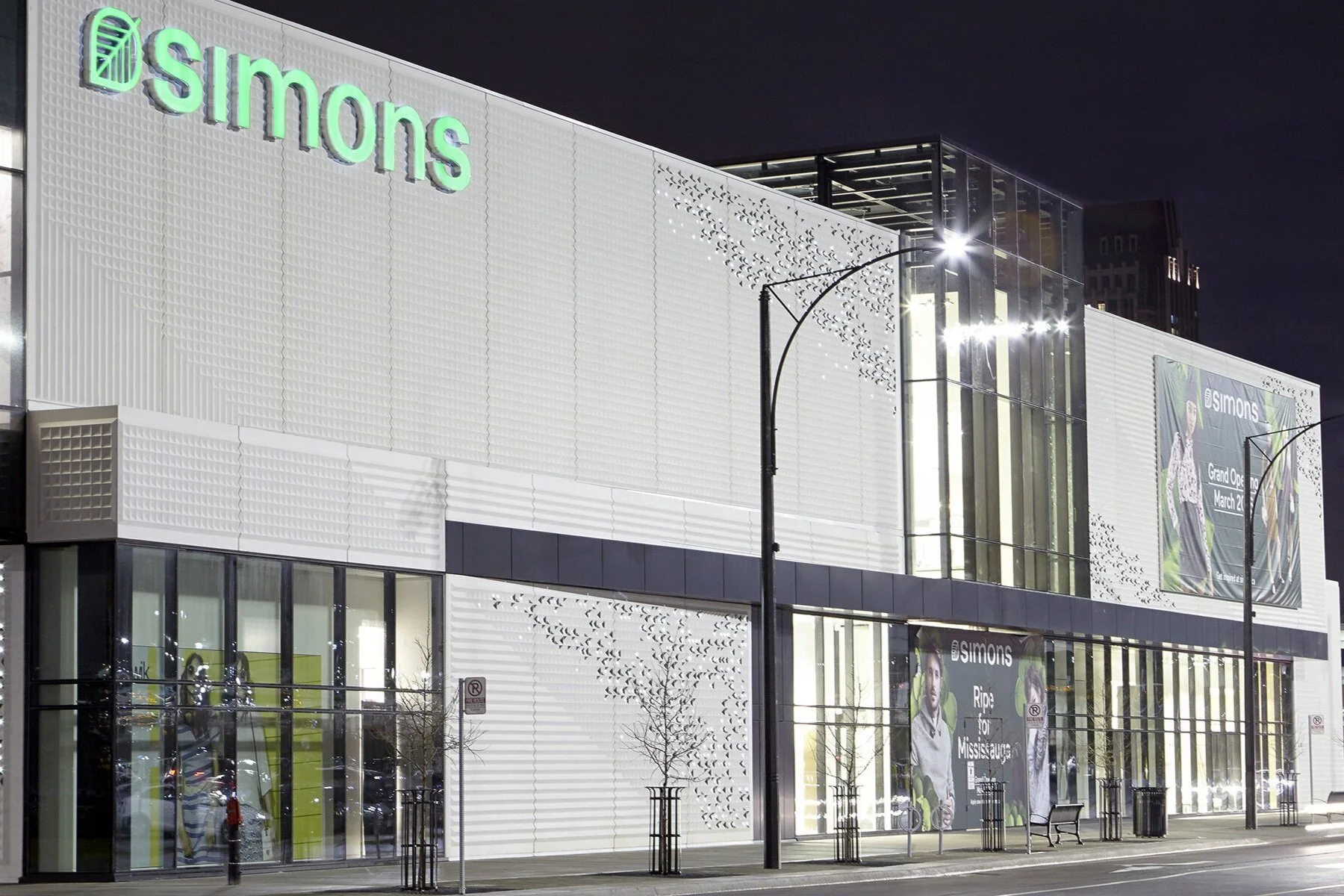
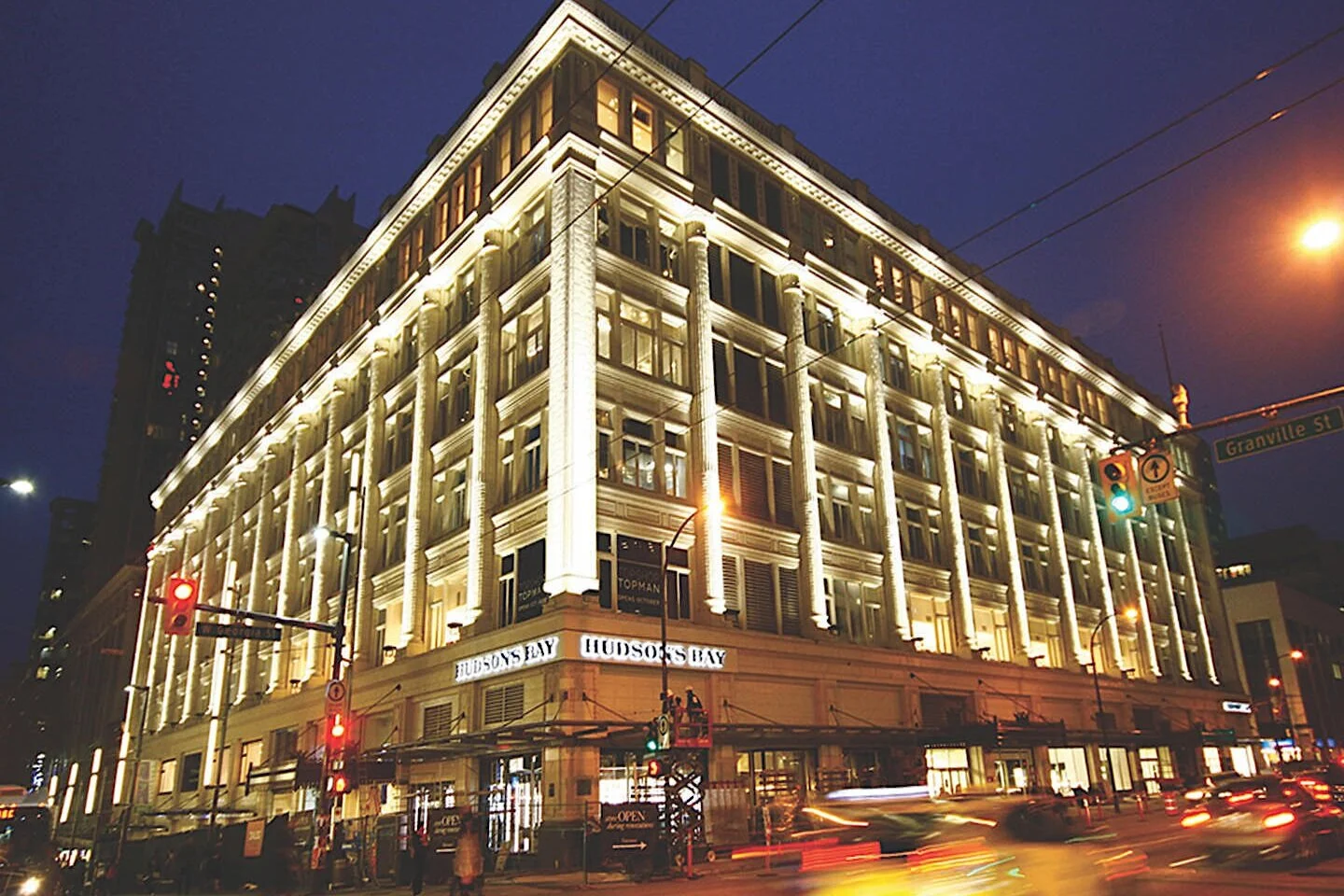
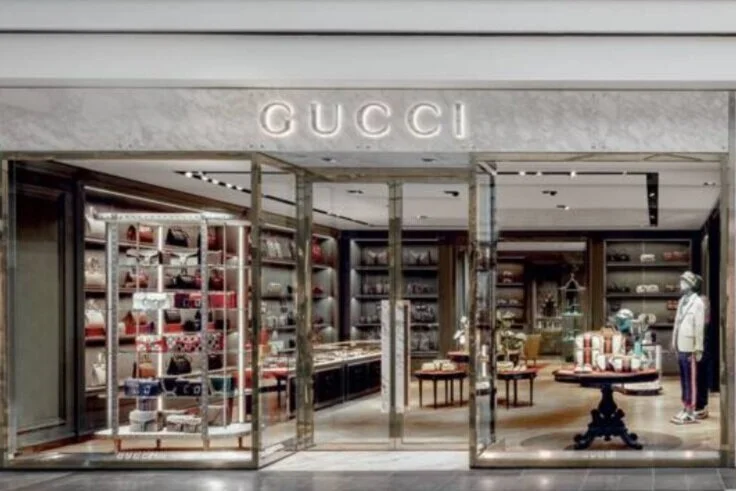



![Luxury Brand FENDI Opens 2 Boutiques in Montreal [Photos]](https://images.squarespace-cdn.com/content/v1/529fc0c0e4b088b079c3fb6d/1599662757364-IGKR2KN8OQQTC1EK8LOB/ke17ZwdGBToddI8pDm48kHH9S2ID7_bpupQnTdrPcoF7gQa3H78H3Y0txjaiv_0fDoOvxcdMmMKkDsyUqMSsMWxHk725yiiHCCLfrh8O1z4YTzHvnKhyp6Da-NYroOW3ZGjoBKy3azqku80C789l0nQwvinDXPV4EYh2MRzm-RRB5rUELEv7EY2n0AZOrEupxpSyqbqKSgmzcCPWV5WMiQ/IMG_7525.jpg)
![French Fashion Brand ‘ba&sh’ Opens Impressive Montreal Flagship Store [Photos]](https://images.squarespace-cdn.com/content/v1/529fc0c0e4b088b079c3fb6d/1599587845411-680MN62L6CF9D89L786P/ke17ZwdGBToddI8pDm48kHH9S2ID7_bpupQnTdrPcoF7gQa3H78H3Y0txjaiv_0fDoOvxcdMmMKkDsyUqMSsMWxHk725yiiHCCLfrh8O1z4YTzHvnKhyp6Da-NYroOW3ZGjoBKy3azqku80C789l0nQwvinDXPV4EYh2MRzm-RRB5rUELEv7EY2n0AZOrEupxpSyqbqKSgmzcCPWV5WMiQ/IMG_7351%2B%25281%2529.jpg)

![Away Luggage Expands into Canada with 1st Store [Photos]](https://images.squarespace-cdn.com/content/v1/529fc0c0e4b088b079c3fb6d/1599057644030-RLKEI9S58SZYX5DCYUZS/ke17ZwdGBToddI8pDm48kHH9S2ID7_bpupQnTdrPcoF7gQa3H78H3Y0txjaiv_0fDoOvxcdMmMKkDsyUqMSsMWxHk725yiiHCCLfrh8O1z4YTzHvnKhyp6Da-NYroOW3ZGjoBKy3azqku80C789l0nQwvinDXPV4EYh2MRzm-RRB5rUELEv7EY2n0AZOrEupxpSyqbqKSgmzcCPWV5WMiQ/IMG_6651.jpg)
![Samsung Expands Canadian Retail Operations with 1st Store in Quebec Market [Photos]](https://images.squarespace-cdn.com/content/v1/529fc0c0e4b088b079c3fb6d/1598282818108-MPQ6XU2BQOB6IM2T4TKG/ke17ZwdGBToddI8pDm48kFkrH-5tdugjw4EI8DIvnlFZw-zPPgdn4jUwVcJE1ZvWQUxwkmyExglNqGp0IvTJZamWLI2zvYWH8K3-s_4yszcp2ryTI0HqTOaaUohrI8PIE3gRuUo31qD9ipbhE5CC4vtWybflMTM2CDzsnOQ-lUYKMshLAGzx4R3EDFOm1kBS/Samsung_store_Montreal_facade.jpg)
![Oakridge Centre Retailers to Close Until 2024 Amid Vancouver Mall Redevelopment [Exclusive]](https://images.squarespace-cdn.com/content/v1/529fc0c0e4b088b079c3fb6d/1597752592637-02FM9LU0QGWMESSEBRAN/ke17ZwdGBToddI8pDm48kH7YAhb7DJDjzlLlwSThBOMUqsxRUqqbr1mOJYKfIPR7LoDQ9mXPOjoJoqy81S2I8N_N4V1vUb5AoIIIbLZhVYxCRW4BPu10St3TBAUQYVKcsuz7F2Ziv2gSlZe9U2LKx_ddklr76buZz2Jd3FHXY3Q6nsFBioc5-OQamD6A2qYJ/oakridge-centre-vancouver-february-2019-5.jpg)
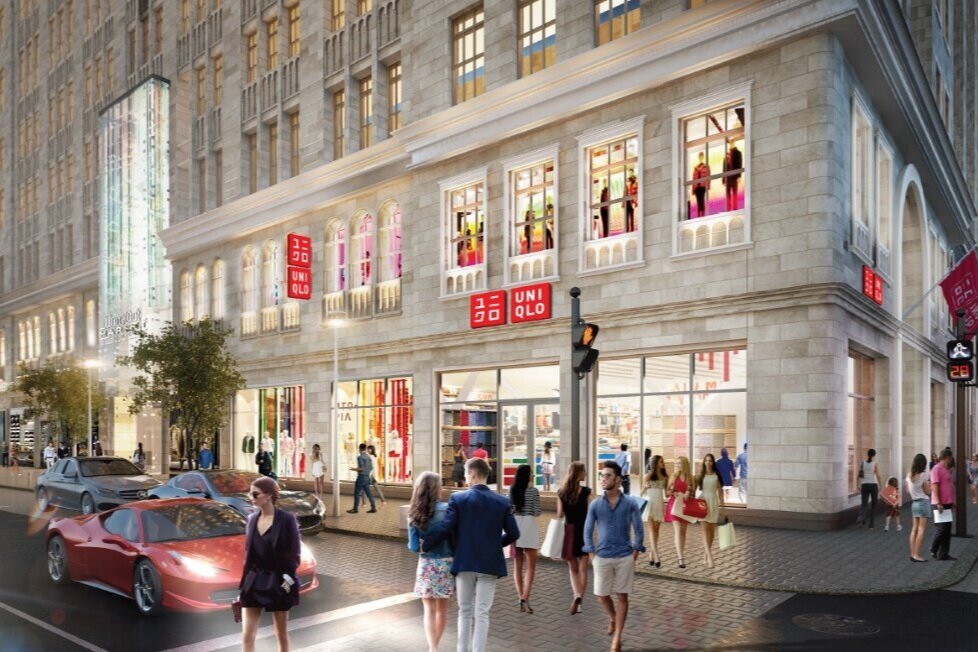

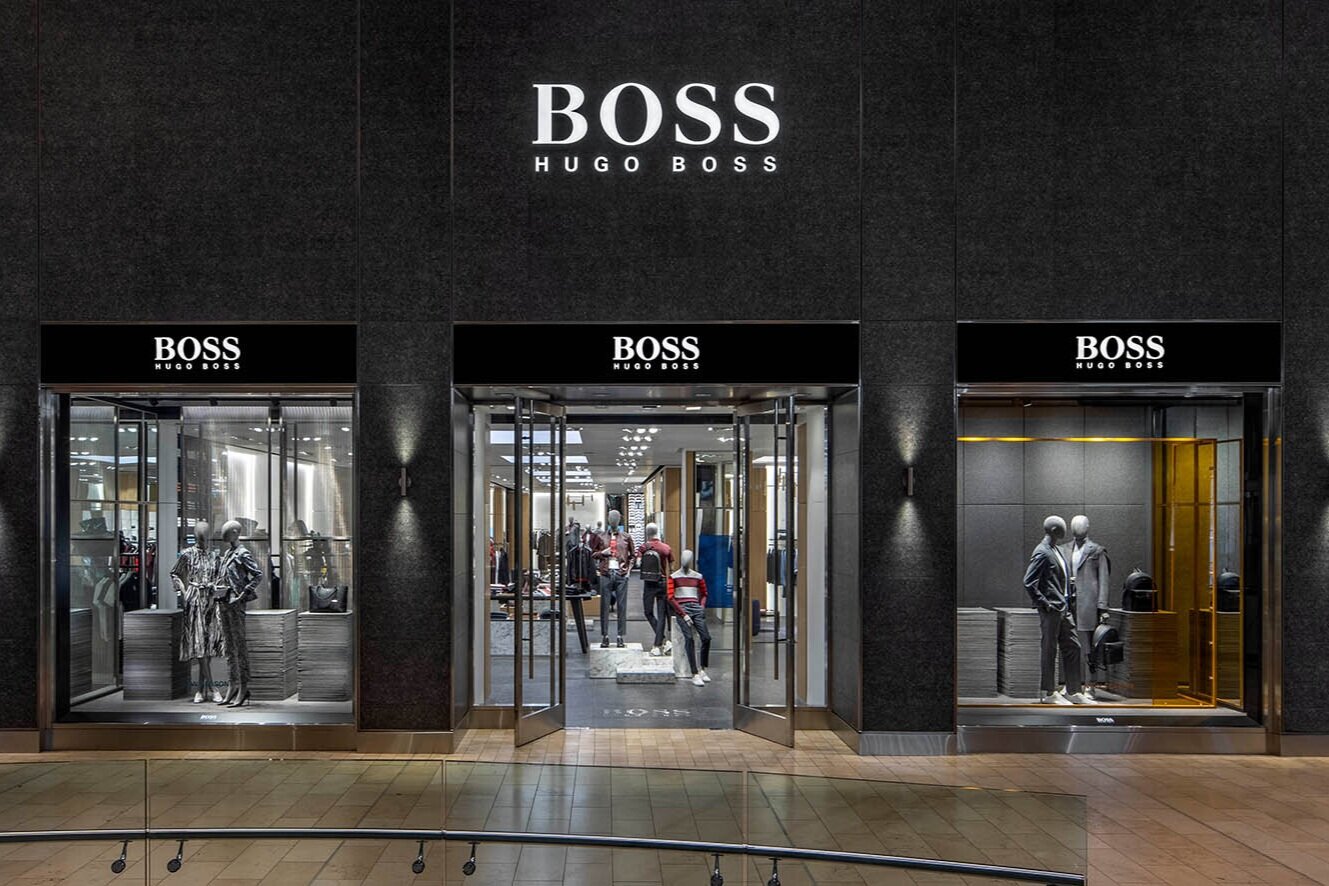





![Pandora Jewellery Launches First-in-Canada Concept Store in Montreal [Photos]](https://images.squarespace-cdn.com/content/v1/529fc0c0e4b088b079c3fb6d/1595258846909-HNY35ZUHCQU77DEB63B7/ke17ZwdGBToddI8pDm48kHH9S2ID7_bpupQnTdrPcoF7gQa3H78H3Y0txjaiv_0fDoOvxcdMmMKkDsyUqMSsMWxHk725yiiHCCLfrh8O1z4YTzHvnKhyp6Da-NYroOW3ZGjoBKy3azqku80C789l0nQwvinDXPV4EYh2MRzm-RRB5rUELEv7EY2n0AZOrEupxpSyqbqKSgmzcCPWV5WMiQ/PANDORA%2BEATON%2BCENTRE-099-FRONT.jpg)



Intersting summary.
I think the minimum wage hike could pose some problems for many price sensitive retailers such as dollar stores and restaurants/food court operators..
Lots of landlords talk a big game about repurposing or re-demising the Sears space, but most of these companies are quietly shopping around these centres. The cost to redevelop is massive and the demand from tenants is lukewarm in secondary markets especially when most won’t pay more than $20 gross.